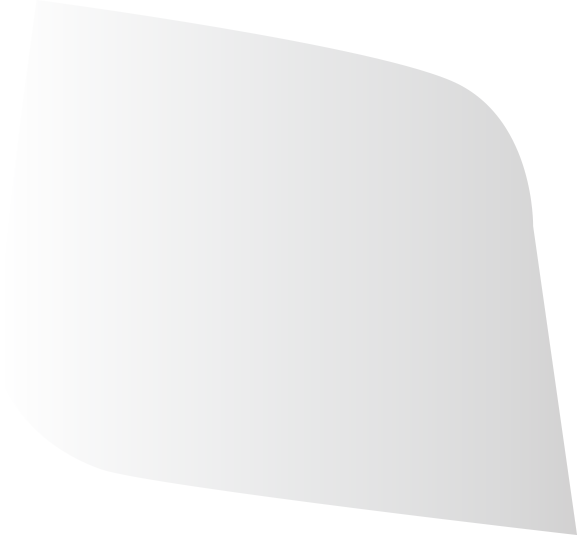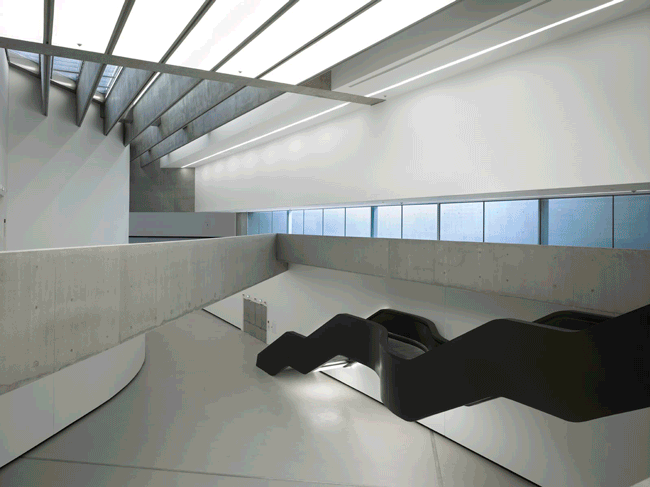-

On a Road to Nowhere
Moving through
the MaXXI in RomeBy Rob Wilson
Uncube’s Rob Wilson finds flow-stopping beauty and fundamental flaws within Zaha Hadid Architects’ Italian museum – but also perhaps a fitting reflection of our times.
-
Opened in 2010 on the site of an old barracks after a twelve-year genesis, the MaXXI was the first new public museum in Italy dedicated to contemporary art and architecture. Its Roman numeral-heavy name combines a nod to its cultural heritage whilst grandiously staking a claim to that of the future century. Yet given this moniker promising a certain size, the building is oddly small in scale as though it shrank in the wash (perhaps a trace of that most powerful of parametric parameters: budget cuts).
The intense sense of movement in the early studies for the building’s form, riffing off the sinews of the surrounding city, recaptured much of the energy of Zaha’s early work. Its flowing forms seeming to channel powerful urban ley lines in this, one of the ancient ur-capitals of the world. But the energy of the actual building appears to have got lost in completion, the exterior of its final form feels massively, concretely still and sculptural, all frozen curves and gestures. So although the glazed eye of the topmost gallery, rearing and curving back over itself, is reminiscent of a snake peering back over its tail – it’s more of the dead and stuffed variety.Photos previous page and this page: Flickr/Steven Zucker, CC BY-NC-SA 2.0
-
Inside the building however, the flow really does get going in the extraordinary, sometimes beautiful, interior, starting with an Escher-esque stair, that leads on to long, fluid gallery spaces.
But it is a flow to nowhere as though a literal manifestation of Marc Augé’s theory of “non-places”: spaces of passage and travel like airports – with no satisfying punctuating moments of stasis. Underlining this is a manifest lack of interest in detailing and materiality, in the hapticity of touch, and indeed of any senses other than the visual, as though visitors are just non-stick ocular vectors moving through the space.
It’s an old cliché, but these are architect-designed galleries that are pretty incompatible to showing or looking at art. Much of what is on view here appears a bit off-kilter and awkward in spaces that are more akin to expanded corridors. Like Libeskind’s Jewish Museum in Berlin, one suspects that the MaXXI would look better empty.
But five years on from its inauguration, despte being threatened with closure two years ago in the budgetary backwash from the Eurozone crisis, the MaXXI seems to be bedding down at last thanks to the appointment of Chinese curator Hou Hanru as its artistic director in 2013. He is someone with a requisite global perspective but also a strong enough curatorial vision to compete with the idiosyncracies and tropes of a building which he acknowledges but embraces:
“This building is based on a very clear vision of neo-liberal capitalism ... it could easily be an airport building, or a shopping mall.” he has said: “Of course this is a very strange building but if there’s no challenge then it’s not interesting.”
So rather than expecting this museum to be a neutral storehouse for art, perhaps it is best to see it as an artefact of a particular time. Like the factories and industrial spaces of the early twentieth century that came not only to be used for but to engender art later on, the MaXXI, with its capricious gallery spaces, might yet fulfill its role as a locus for the art of the twenty-first. I (rgw)
Photos: © Roland Halbe
-
Search
-
FIND PRODUCTS
PRODUCT GROUP
- Building Materials
- Building Panels
- Building technology
- Façade
- Fittings
- Heating, Cooling, Ventilation
- Interior
- Roof
- Sanitary facilities
MANUFACTURER
- 3A Composites
- Alape
- Armstrong
- Caparol
- Eternit
- FSB
- Gira
- Hagemeister
- JUNG
- Kaldewei
- Lamberts
- Leicht
- Solarlux
- Steininger Designers
- Stiebel Eltron
- Velux
- Warema
- Wilkhahn
-
Follow Us
Tumblr
New and existing Tumblr users can connect with uncube and share our visual diary.
»Architecture starts when you carefully put two bricks together. There it begins.«
Ludwig Mies van der Rohe
Keyboard Shortcuts
- Supermenu
- Skip Articles
- Turn Pages
- Contents


